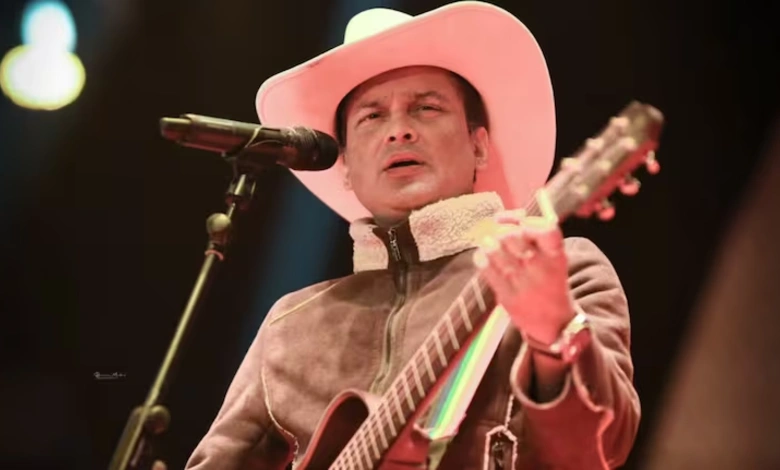The investigation surrounding the death of celebrated Assamese singer Zubeen Garg has swerved into perilous new ground, propelled by grave accusations of deliberate poisoning that now anchor a burgeoning criminal examination. In a whirlwind of revelations over the preceding 12 hours, authorities have unveiled three pivotal advancements: the Special Investigation Team’s (SIT) arrest warrant for Garg’s longtime manager, Siddharth Sharma, which invokes a fellow suspect’s testimony alleging foul play through toxins; the kickoff of a standalone inquiry by a solo judicial panel under Gauhati High Court Justice Soumitra Saikia; and the gesture by Garg’s widow, Garima, in surrendering the autopsy findings back to officials, clarifying that the records belong to the state for their sole management.
At the heart of the SIT’s justification for detaining Sharma lies a bombshell narrative from Shekhar Jyoti Goswami, a bandmate turned co-accused and pivotal informant, who contends that Garg fell victim to poisoning at a Singapore performance on September 19—the site of his tragic passing. The filing asserts that Goswami has leveled direct charges against Sharma and Shyamkanu Mahanta, the event’s coordinator, for spiking substances and opting for an international setting to bury traces of their scheme. Sharma is further accused of ordering Goswami to suppress footage from a yacht outing.
Assam Chief Minister Himanta Biswa Sarma addressed Goswami’s toxin assertion during the SIT briefing, noting, “The viscera report from the National Forensic Laboratory is expected by Oct 10, and only then we will know the truth.”
Goswami’s account, documented by the Criminal Investigation Department (CID) in line with Section 175 of the Bharatiya Nagarik Suraksha Sanhita (BNSS), paints a harrowing sequence. He describes Sharma wresting the yacht’s steering from its operator during the Singapore assembly, sending the vessel lurching unstably across choppy waves and imperiling every soul aboard. Sharma allegedly barred Tanmoy Phukan—an expatriate and affiliate of the Assam Association Singapore—from sourcing refreshments, claiming exclusive oversight. In the dire instant when Garg thrashed for oxygen amid the swells, Goswami reports Sharma bellowing “jabo de, jabo de” (let him go, let him go). Garg, a seasoned swimmer who had schooled both Goswami and Sharma in the craft, would scarcely succumb to submersion absent interference, Goswami insists. As froth bubbled from Garg’s mouth and nostrils, Sharma purportedly waved it off as mere acid reflux, quelling alarms and stalling urgent care, actions that ostensibly accelerated the artist’s fatal decline.
Court scholars underscore the fragility of such testimony from implicated parties, deeming it inadmissible at trial without bolstering proof. Gauhati High Court veteran attorney Angshuman Bora elaborated, “If the statement is recorded as a confession, it must first implicate the person making it. Only then can it extend to implicating others. A confession is an admission of guilt — it must be inculpatory in nature. In this case, the statement appears to be exculpatory, as it does not implicate the accused himself. An exculpatory statement cannot be treated as a confession, because a confession must be inculpatory implicating himself in the commission of offense.”
These disclosures, amid the judicial panel’s fresh mandate and Garima’s compliance with protocol, have cast an even denser pall over what began as a presumed accident, awaiting forensic verdict to pierce the veil.
